The Graphic Tablet Market is currently characterized by a dynamic competitive landscape, driven by rapid technological advancements and evolving consumer preferences. Major players such as Wacom (Japan), Huion (China), and Apple (United States) are at the forefront, each adopting distinct strategies to enhance their market positioning. Wacom (Japan), known for its premium offerings, continues to focus on innovation, particularly in developing advanced stylus technology and software integration, which appeals to professional artists and designers. Meanwhile, Huion (China) has carved a niche by providing cost-effective solutions, targeting both amateur and professional users, thereby expanding its market share through aggressive pricing strategies and extensive distribution networks. Apple (United States) leverages its ecosystem, integrating graphic tablets with its other devices, which enhances user experience and fosters brand loyalty. Collectively, these strategies contribute to a competitive environment that emphasizes innovation and user-centric design.
In terms of business tactics, companies are increasingly localizing manufacturing to reduce costs and improve supply chain efficiency. This trend is particularly evident in the operations of XP-Pen (China), which has optimized its supply chain to ensure timely delivery and responsiveness to market demands. The market structure appears moderately fragmented, with several players vying for dominance, yet the influence of key players like Wacom (Japan) and Apple (United States) remains substantial, shaping overall market dynamics.
In August 2025, Wacom (Japan) announced the launch of its latest tablet series, which features enhanced pressure sensitivity and improved connectivity options. This strategic move is significant as it not only reinforces Wacom's commitment to innovation but also positions the company to better compete against emerging brands that are rapidly gaining traction in the market. The introduction of these advanced features is likely to attract a broader user base, including both professionals and hobbyists.
In September 2025, Huion (China) unveiled a partnership with a leading software company to integrate advanced graphic design tools into its tablets. This collaboration is pivotal, as it enhances the functionality of Huion's products, making them more appealing to creative professionals. By aligning with software developers, Huion is not only improving its product offerings but also establishing itself as a key player in the professional segment of the market.
In October 2025, Apple (United States) announced an update to its iPad Pro, which includes enhanced compatibility with its Apple Pencil. This update is crucial as it reinforces Apple's strategy of creating a seamless ecosystem for users, thereby increasing customer retention. The integration of improved features is expected to solidify Apple's position in the graphic tablet market, particularly among digital artists and designers who rely on high-performance tools.
As of October 2025, current competitive trends in the Graphic Tablet Market are increasingly defined by digitalization, sustainability, and the integration of artificial intelligence. Strategic alliances are becoming more prevalent, as companies recognize the need to collaborate to enhance their technological capabilities and market reach. Looking ahead, competitive differentiation is likely to evolve from traditional price-based competition to a focus on innovation, technological advancements, and supply chain reliability. This shift suggests that companies that prioritize research and development, alongside sustainable practices, will be better positioned to thrive in an increasingly competitive landscape.

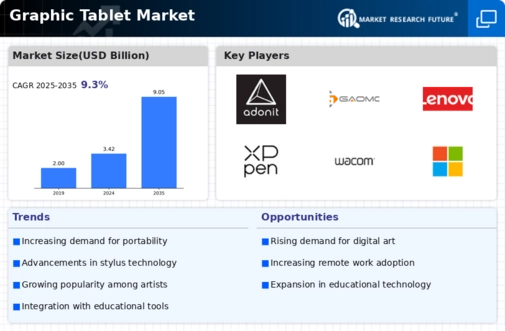
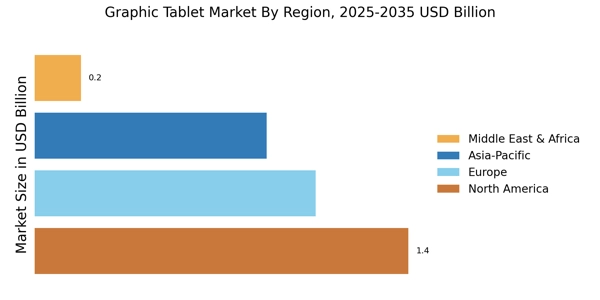

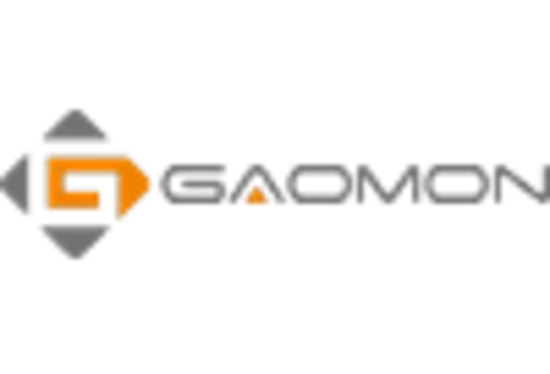
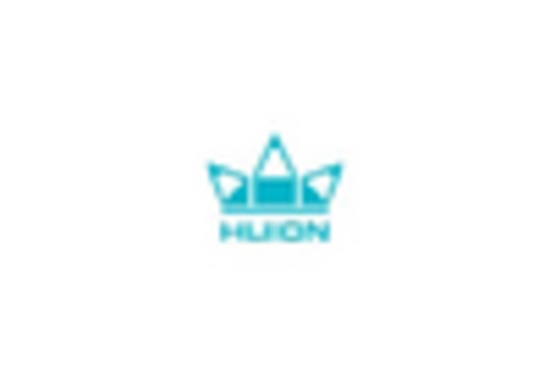

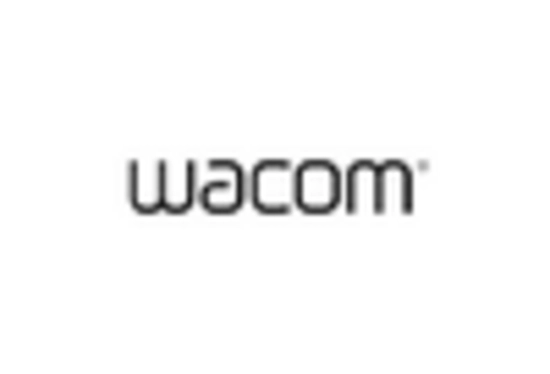
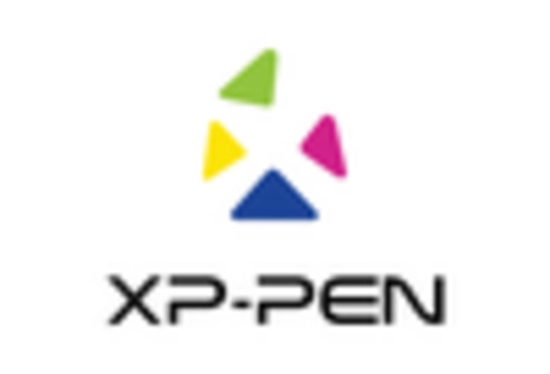








Leave a Comment